#Barents sea
Text

The Art Of Monochrome
On the Barents Sea, Arctic Circle, Svalbard, Northern Norway
Dana Allen, USA
Travel Photographer Of The Year
#dana allen#photographer#united states#polar bear#bear#animal#mammal#wildlife#travel photographer of the year#monochrome#black & white photography#nature#barents sea#arctic circle#svalbard#norway
19 notes
·
View notes
Photo

Across Henningsvaer - Karl Erik Harr , 2006
Norwegian , b. 1940 -
Oil on canvas
#Karl Erik Harr#norwegian artist#archipelago landscape#norway#Henningsvaer#Barents Sea#Bjørnøya#coastal landscape#bear island
334 notes
·
View notes
Text
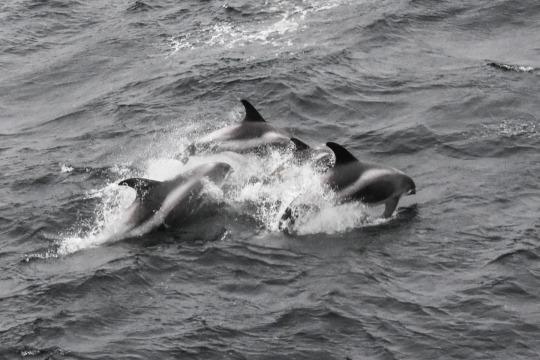
White-beaked dolphin Lagenorhynchus albirostris
Observed by greenjay6, CC BY-NC
#Lagenorhynchus albirostris#white-beaked dolphin#Cetacea#Delphinidae#cetacean#dolphin#Europe#Norway#Svalbard#Arctic Ocean#Barents Sea#juvenile
13 notes
·
View notes
Text

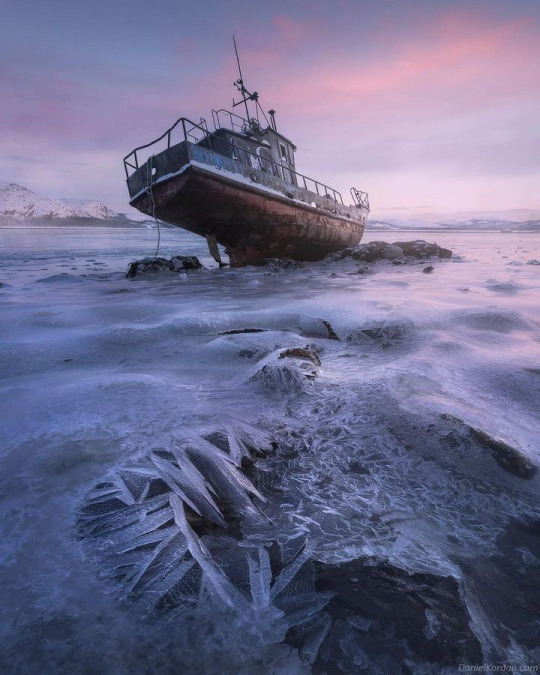


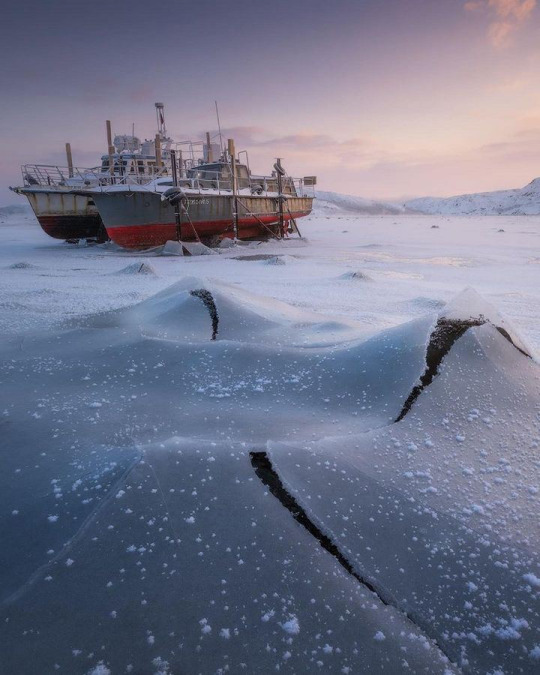
Barents Sea, Kola Peninsula, Murmansk region
5 notes
·
View notes
Text
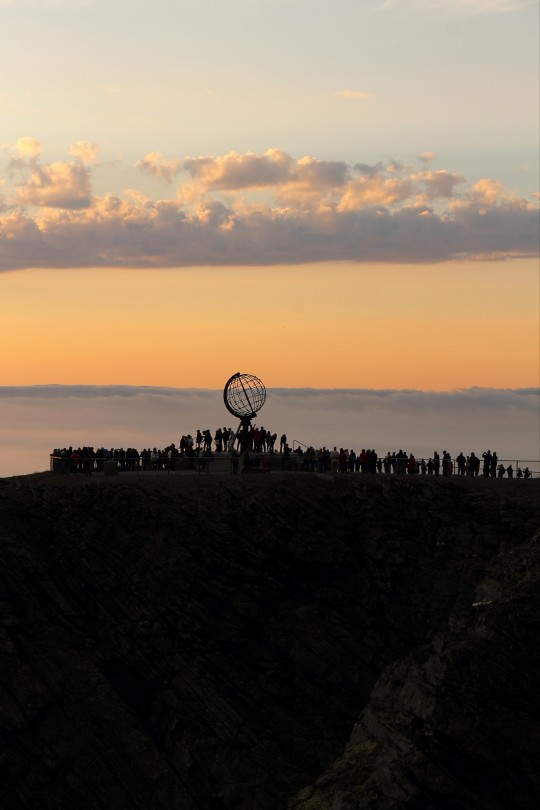


Seven years ago today I stood at Nordkapp and looked out into the (foggy) Barents Sea. These photos were taken around midnight.
12 notes
·
View notes
Photo

Bear Island (Bjørnøya), Svalbard, lies in the Barents Sea between Spitsbergen and North Cape, Norway.
11 notes
·
View notes
Text
Rename the Arctic's seas the "Navalny Sea"
#arctic#ocean#canada#greenland#denmark#finland#iceland#norway#sweden#usa#alexei navalny#yulia navalnaya#aleksei navalny#russian#political dissidents#justice#navalny sea#beaufort sea#barents sea#lincoln sea#white sea#norwegian sea
1 note
·
View note
Text

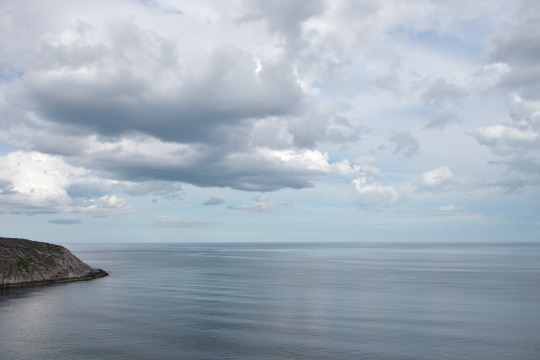

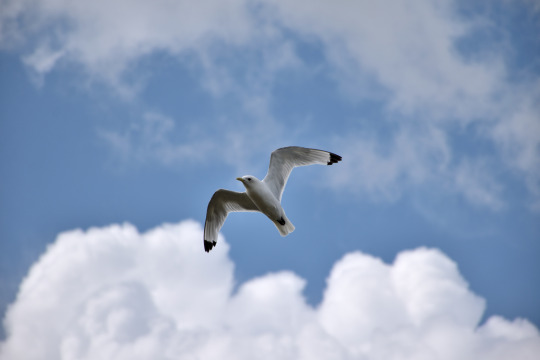


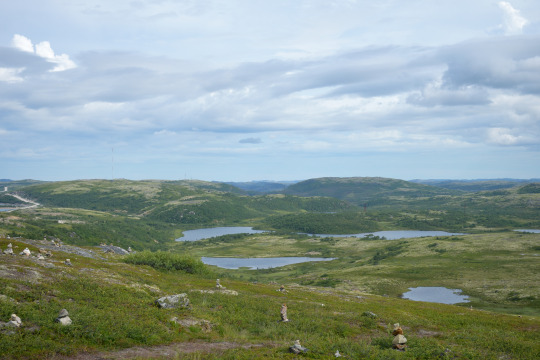

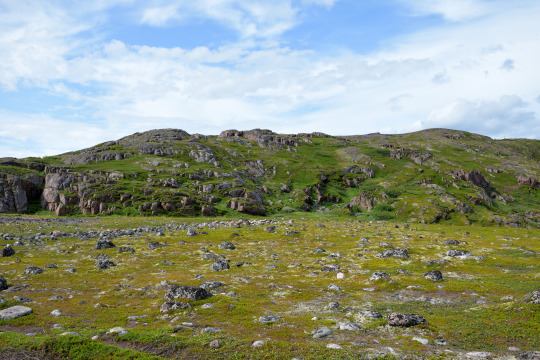
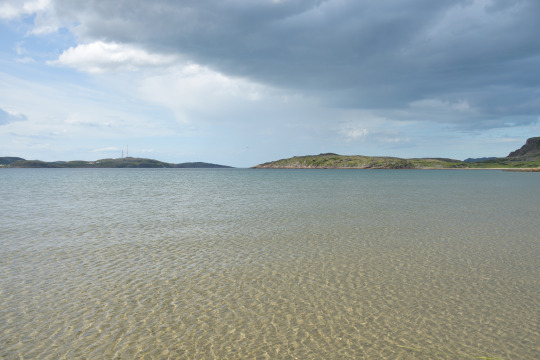

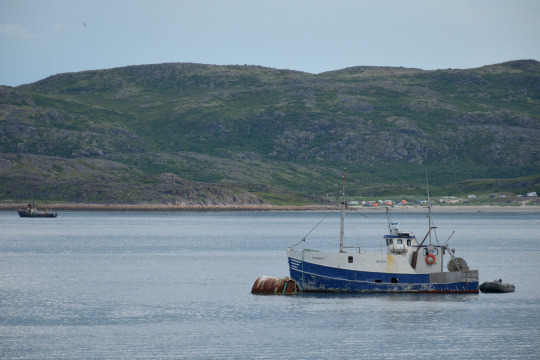
Edge of the World.
Arctic ocean.
Barents sea.
0 notes
Text
**ATTENTION LADIES AND GENTLEMAN - COMPATRIOTS OF THE EASWEGIAN COMMON UNION, CHILDREN OF THE OUROBOROS, HEIRS OF BORIOPA!**

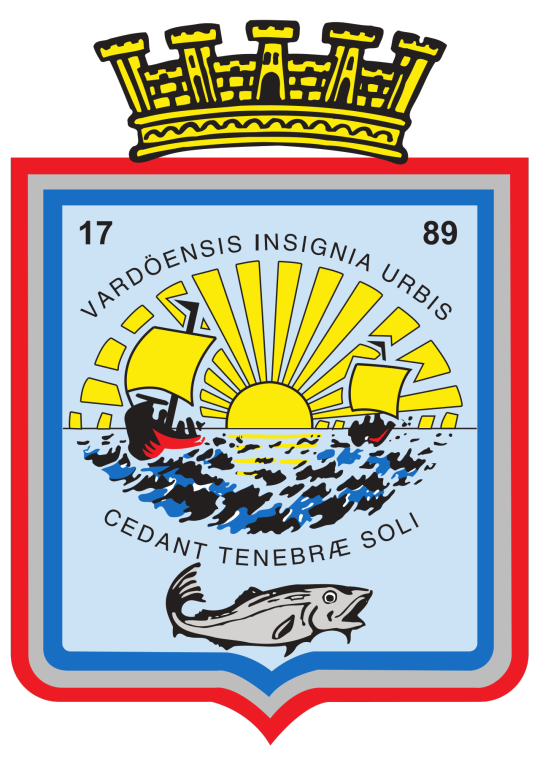
By a margin of 91%, the people of Easway have today, 17 July 2023, voted to incorporate the Associated Community of Vardø Town Islands as a free governing area of the Pomors Frontier and Finnmark. The Co-operative Government wishes the most mutual forms of co-operation when and where possible in the Barents region with our closest neighbours to our south, Norway.
This is why we are reclaiming our cultural heritage whilst establishing condominium status. Easway shall secure our sovereignty, but the wellbeing of all shall always be ensured by ourselves. We have always been one polyethnic nation.
**The National Directorate is strengthened.**
There is no more split cabinet, no more confusion in duties. The ministries of home affairs and finance & economics have been transfered into its cabinet. I as Grand Councillor shall not be a member, but shall oversee meetings and act in an advisory capacity, whilst the General Director chiefly heads government, alongside an equal cabinet of many portfolios.
Today, Easway becomes stronger. Today, Easway becomes more unified. Today, Easway shows that we are a nation of brilliant families and friends, brilliant artists, tradesmen and workers. Our Easwegian spirit shall travel further than anyone could ever in one lifetime. Together, we can achieve anything that our indomitable willpower and common unity strives for.
Easway forever! Our people always.
https://docs.google.com/document/d/1s78IuYYvO5H3XuDKwiXx0lTfUA5wYJKcPnNfRyjI5Cc/edit?usp=drivesdk
0 notes
Text

Aurora Borealis
#HeCreatureMoment by Øystein Voll
#arctic animals#hecreature#merman#sirens#oceanlover#sea#mermaids#ocean waves#landscape#beach#norway#vesterålen#arctic region#barents#arctic#arcticlife#lofoten#northern norway#ice#aurora borealis#northern lights
3 notes
·
View notes
Text
There are several NGO-funded ships currently operating in the central Mediterranean Sea with the specific intent of saving migrants from what has been for years one of the deadliest migration routes in the world. Here is partial list:
Geo Barents (Médecins Sans Frontières)
Ocean Viking (SOS Méditerranée)
Aurora, Sea Watch 3 and Sea Watch 5 (Sea Watch)
Life Support (Emergency)
Open Arms and other ships (Open Arms)
Another important resource for migrants in distress at sea is the hotline AlarmPhone.
Since 2016 these rescue missions have become more and more onerous to fund as EU countries have progressively strengthened the Frontex program while at the same time criminalizing NGO-led search and rescue operations. (Italy has been at the forefront of this trend, and a shipwreck on the coast of Calabria in late February this year only managed to strengthen the resolve of the current government to make it even more complex for NGOs to try and rescue migrants.) So while it definitely won't solve the root issue, donating to these NGOs still has a tangible effect.
#only a partial list & please let me know if there are better sources or links are broken#apologies for the version circulating having spelling mistakes#'ong' is the Italian spelling for non-governmental organization
7K notes
·
View notes
Photo

Literal World Map of Continents and Water Areas
by ProbablyPixel
A map of the literal translation for the continents and the larger divisions of the oceans ('waters'), seas ('filters') and gulfs ('bosoms') of the world, at least until I got bored.
My methodology was, whenever possible, revert the development of a word until its literal meaning stopped being the current definition.
Some observations made during this process;
'Baltic' and 'Caspian' both mean "white", thus their respective seas are labelled the same
'East' and 'South' both descend from words meaning "dawn", hence the South and East China Seas being the same. Meanwhile, North means 'left' but south does not mean 'right'.
The Barents and Bering sea were both named after guys with 'bear' in their name. Perhaps being named for a bear compels you to explore near the Ocean of Bears.
Of all the words on the map, the word red has always meant red, as far back as the PIE language. Red is Red!
155 notes
·
View notes
Text

The Barents Sea. Photo postcard by V. Gippenreiter (1963).
109 notes
·
View notes
Text

Two more B-1B bombers are deployed in Spain
The two recent B-1B bombers arrived in Morón for the latest deployment of the bomber task force in Europe.
Fernando Valduga By Fernando Valduga 30/03/2024 - 15:30in Military
Two U.S. Air Force B-1B Lancers during the 24-2 Bomber Task Force at Morón Air Base, Spain. (Photo: Scott Rathbone / Flickr).
Two U.S. Air Force B-1B Lancers bombers landed this week at Morón Air Base, Spain, totaling four USAF bombers at the station and completing the arrival of the Bomber Task Force (BTF) 24-2 on Tuesday (03/26).
The bombers transited to Europe passing through the Barents Sea. Throughout the missions, the four U.S. aircraft operated in international airspace and in full compliance with international law.
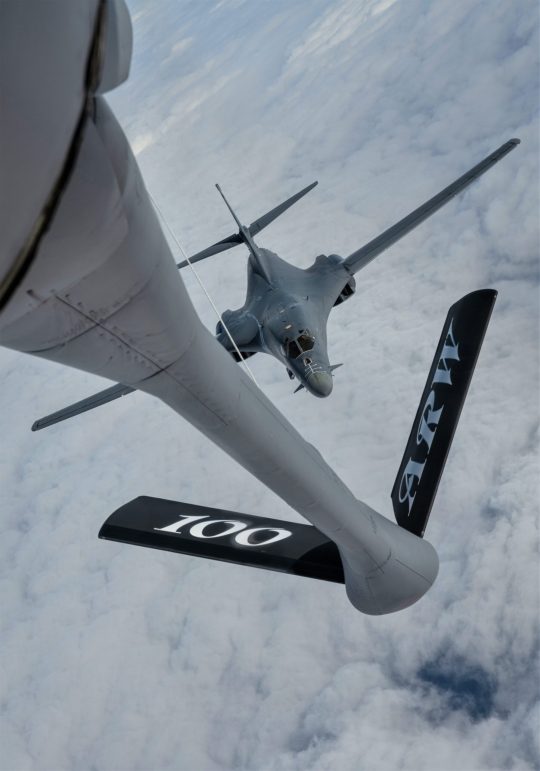
"Our ability to maneuver through the Arctic and position advanced strategic bombers in Europe is critical to ensuring our Allies and partners our commitment to regional security and stability," said General James Hecker, commander of the U.S. Air Forces in Europe - Africa Air Forces and NATO Allied Air Command. “The global security environment requires a forward-looking approach and we will continue to face this challenge through strategic planning and innovative operations,” he added.
This mission shows the continuous and dynamic operations of the US in the European and Arctic regions, adapting to the evolving security environment alongside the Allies and partners.
youtube
The BTF 24-2 is a routine part of the Large-Scale Global Exercise 2024, a generic term that incorporates dozens of separate U.S. military exercises and activities, under multiple combatant commands, that allow the U.S. Joint Force to train with Allies and partners and improve shared understanding, trust and interoperability in security challenges around the world.
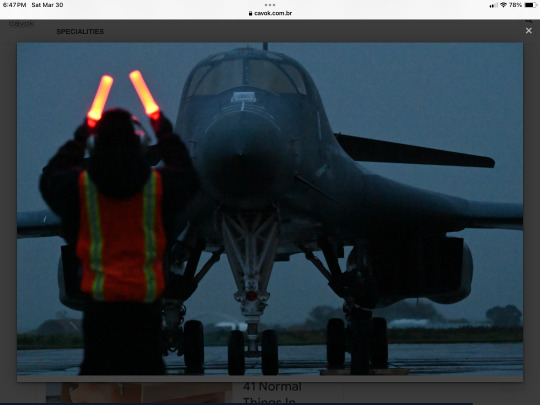
The bombers and support personnel will carry out a series of missions to train alongside the Allies and partners during the deployment. Through these missions, USAFE-AFAFRICA allows the dynamic use of forces in the European theater, providing strategic predictability and guarantee to the Allies and partners, while contributing to deterrence, introducing greater operational unpredictability for potential opponents.
Tags: Military AviationB-1B LancerbombersBTFEjército del Aire/Spanish Air ForceUSAF - United States Air Force / U.S. Air Force
Sharing
tweet
Fernando Valduga
Fernando Valduga
Aviation photographer and pilot since 1992, he has participated in several events and air operations, such as Cruzex, AirVenture, Dayton Airshow and FIDAE. He has works published in specialized aviation magazines in Brazil and abroad. He uses Canon equipment during his photographic work in the world of aviation.
Related news
MILITARY
Ecuadorian Air Force receives a C-130 Hercules donated by the US
30/03/2024 - 14:00
MILITARY
Royal Dutch Air Force releases F-16 fighters from QRA task
30/03/2024 - 11:14
HELICOPTERS
North Macedonia formalizes order for Leonardo's helicopters
30/03/2024 - 10:38
Greek Air Force F-16 Block 30 fighters.
MILITARY
Greece is selling its oldest F-16 and Mirage 2000, but will any country buy them?
29/03/2024 - 20:00
MILITARY
Israel's new "Oron" reconnaissance aircraft is being used operationally in Gaza
29/03/2024 - 19:00
MILITARY
Actor Louis Gossett Jr., the eternal "Chappy" of the aviation film "Steel Eagle", dies
29/03/2024 - 15:54
I
25 notes
·
View notes
Text



Teriberka, Murmansk region. Coast of the Barents Sea and the Arctic Ocean.
November 2021.
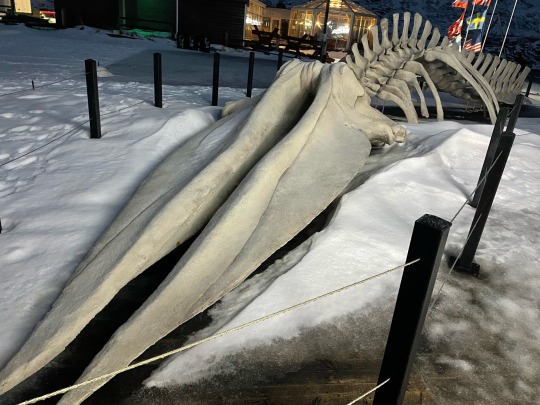
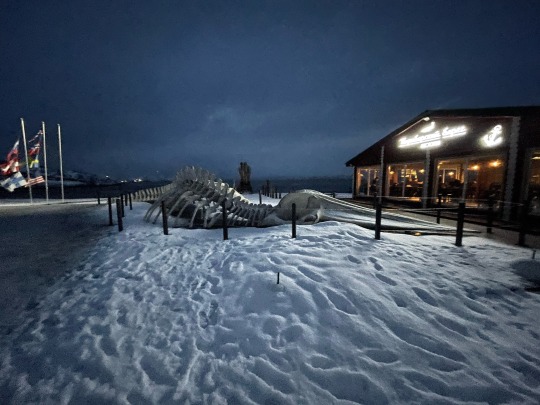
69,20253° С, 35,11484° В

#teriberka#arctic ocean#end of the earth#nord#Battery waterfall#murmansk#russia#6920253° С 3511484° В#waterfall#Barencevo sea
235 notes
·
View notes
Text
Crossposting from Twxttxr: some interesting news about ongoing research by colleagues, from a workshop "Diversification of Uralic" just this Thursday and Friday
Do the Permic languages have loanwords from Old Norse? e.g. ONo. ár ~ Komi & Udmurt ar 'year'. This would've been sensible during the brief time when Norsemen originally from Sweden were in charge of trade along the Volga and settling in inner Russia, forming the Rus' (later Slavicized, but as we know from Byzantine sources they remained Norse for centuries) — and also the Norwegians too were known to conduct exploration + trade along the Barents Sea at the time, our oldest written reports of "Bjarmia" come from them after all.
Do the Finnic languages have loanwords already from Pre-Proto-Germanic into Pre-Proto-Finnic? My first reply would've been "yes surely", this has been discussed for half a century and there's dozens of etymologies out by now. Turns out though that there's still a lot of room for skepticism if we try to assemble a big picture. Most of these could be (and have been proposed by other analyses) to be proper Germanic after all, or from some non-Germanic kind of Indo-European, or even incorrect. There is unambiguous evidence I think at least of loans lacking *ā > *ō, but that's already though to be one of the latest common Germanic innovations, perhaps barely post-PG.
[Follow-up question: do we even know where Pre-Proto-Germanic was spoken? might not have been anywhere convenient for contacts with Pre-Proto-Finnic.]
— A few similar problems also in the less discussed supposed layer of Proto-Balto-Slavic or pre-BSl. loans, but by areal considerations it seems obvious to me there must've been Uralic/IE contact somewhere in the Russian forest belt for ages already, even if it might not have left enough evidence to clearly distinguish from things like pre-Indo-Iranian loans.
Do the Samic languages have loanwords that are not from any historically attested branch of Scandinavian, but some sort of a lost variety entirely? This could be an explanation for an unexpected sound correspondence *j → *ć in many loans; it might also explain some loans that look surprizingly archaic, e.g. lacking any reflection of Siever's Law. One example showing both is indeed *Tāńćə 'Norse', from some sort of a *Danji- variant of Proto-Germanic *Daniz.
Several new hypotheses on the history of of sibilants in Ugric, adding to the growing tally of evidence that traditionally reconstructed *s > *θ and *ś > *s "in Proto-Ugric" are actually later developments. A paper supposed to be coming out soon!
No linguistic evidence so far, but a 1670 travelogue by de La Martinière appears to still report seemingly pre-Uralic populations along the Barents Sea coast — and even on Novaya Zemlya, traditionally thought to have been uninhabited (as reported by other early modern explorers) before some Tundra Nenets briefly settled there in mid 19th century. Apparently there's been no real archeological investigation, but also at least two stone labyrinths are known as signs that humans still must've at least visited there sometime in the past.
[By current knowledge, labyrinths from Sweden and Finland have mostly been built in late medieval and early modern times though, so they don't suggest especial antiquity either. Could the ones on NZ in fact have been left behind by some of these historical Northwest European expeditions?]
Various discussion also on the development of Samoyedic. Nothing particularly all-new (maybe on Nganasan, more on that in a PhD thesis to appear later this year though), but a few main results include 1. clear recognition that there is no "North Samoyedic" group (as has been suspected for several years now), 2. confirmation that there is regardless a narrower Nenets–Enets group, and 3. some development of a model where all three of Nenets, Enets and Nganasan may have moved to the tundra zone independently from further down south (as is certainly the case for Northern Selkup, the most recent northern expansion of Samoyedic speakers).
#historical linguistics#loanwords#language contact#archeology#ethnohistory#uralic#finnic#samic#permic#samoyedic#germanic
28 notes
·
View notes